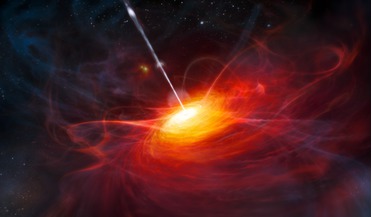 12 September 2016
New study doubles the number of known quasars
12 September 2016
New study doubles the number of known quasars
... and they literally illuminate our knowledge of the early universe," said Bañados. Despite being incredibly luminous, ...this study are the best tools for helping us probe the early universe. But until now, conclusive results have been limited by the...
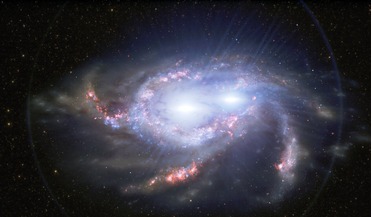 07 April 2021
Astronomers find a rare pair of double quasars in the early Universe
07 April 2021
Astronomers find a rare pair of double quasars in the early Universe
... ground-based telescopes, because despite their enormous size and energy output, finding quasar pairs in the early Universe is incredibly difficult to do. To focus their search, the team first identified 15 quasars for further investigation using the...
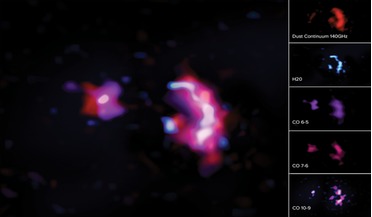 03 November 2021
Astronomers spot the most distant detection of water in a star-forming galaxy
03 November 2021
Astronomers spot the most distant detection of water in a star-forming galaxy
... observe abundant molecules and to better understand how these life-creating elements impacted the development of the early Universe.” As it turns out, the larger of the two galaxies in SPT0311-58, is forming stars at a rate of 2,900 solar masses per...
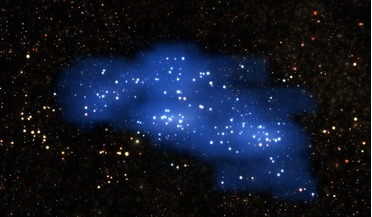 17 October 2018
Cosmic titan found lurking in the early Universe
17 October 2018
Cosmic titan found lurking in the early Universe
...and most massive structure to be found so early in the formation of the Universe. Despite its colossal size, this behemoth has..., grew and evolved over the history of the Universe. Unfortunately however, VIMOS was recently decommissioned. Nonetheless,...
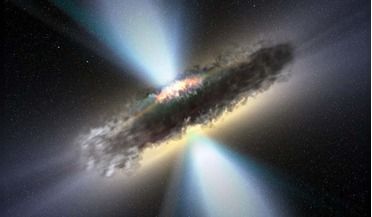 30 March 2016
Have astronomers found the signatures of the very first black holes formed through the collapse of gas clouds?
30 March 2016
Have astronomers found the signatures of the very first black holes formed through the collapse of gas clouds?
... origins of objects such as these and to thus test and refine models of galaxy formation and evolution in the early Universe, lead author Fabio Pacucci of Scuola Normale Superiore, Italy, has published research along with an an international team...
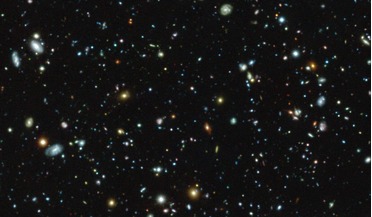 29 November 2017
Deepest spectroscopic survey completed of the Hubble Ultra Deep Field
29 November 2017
Deepest spectroscopic survey completed of the Hubble Ultra Deep Field
...to shine brightly in this one colour. Hydrogen in the early Universe was also the theme of another major finding of this study...all the galaxies!” The internal motions of stars in the early Universe, along with galaxy merger rates and the role of faint...